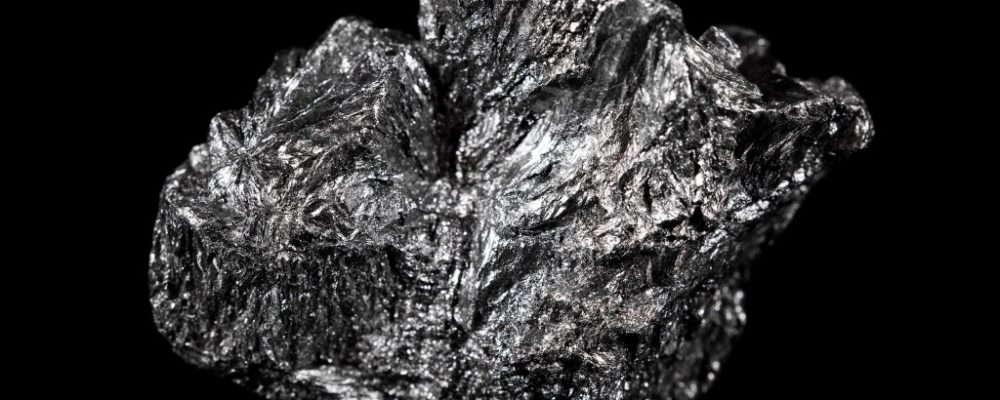Countries leading in aluminum production have lowered production for various raw materials. This has created market deficits and pushed up the price of anodes across the world. Many aluminum producers are encouraged to find alternatives to primary aluminum to keep costs of production at a relatively low level.
Anode Production Components
Prebaked carbon anodes are anodes designed for aluminum smelting. They are made from raw materials that include calcined petroleum coke (CPC), coal tar pitch (CTP), and recycled anode butts. CPC and CTC, in particular, provide the electrolytic chemical reaction necessary during the smelting process.
Calcined Pet-Coke – Much of the demand for CPC comes from energy-intensive cement and power industries. CPC is widely used for the aluminum industry, the steel and titanium smelting industry, and for industries involving paint, paper, and fertilizer.
Coal Tar Pitch – CTP is a raw material that can be used not only for carbon anodes, but to make lithium ion batteries, carbon fiber, solar panels, and LED lights. The aluminum industry, however, continues to consume about 90% of CTP production.
Primary Aluminum Industry
The cost of materials used to create carbon anodes continues to rise. Two of the main ingredients used to make these anodes, CPC and CTC, have risen in price. A successful smelting procedure requires a mix of 80% of CPC and 20% of CTP. The almost 80% increase in cost in less than two years has driven the anode’s overall price increase.
Lack of Supply

China and the United States are two of the most dominant CPC suppliers to global smelters. 75% of the world’s aluminum industry is also dependent on China’s CTP production. As such, any effect on this production process affects supply for the overall aluminum industry.
China is beginning to produce more steel than CTP as its domestic supply of scrap continues to increase. Unfortunately, this means China’s CTP supply is depleting without a new available source of supply. The tightening supply means production costs for anodes are expected to increase further in the near future.
Effect on Aluminum Producers
Aluminum producers are experiencing higher costs of production because of increased prices of CPC and CTP. As a result, some aluminum smelters are turning to the use of recycled aluminum for production. More producers are expected to do so into the future.
The efforts of aluminum producers are now on finding and using alternatives of primary aluminum. They center on the supply and selection of aluminum scrap for anode production. This also implies that producers are no longer as focused on securing cheap electricity prices or trying to avoid fluctuations and price spikes of anode production.
The use of primary aluminum has become a kind of luxury. With aluminum producers concentrating their efforts elsewhere, the world’s primary aluminum capacity is expected to face continued limited growth.
The aluminum supply may also be compromised as smelting encourages chronic pollution and damage to the environment. Production plants operating at a low level for a long period of time can put even greater pressure on prices.

